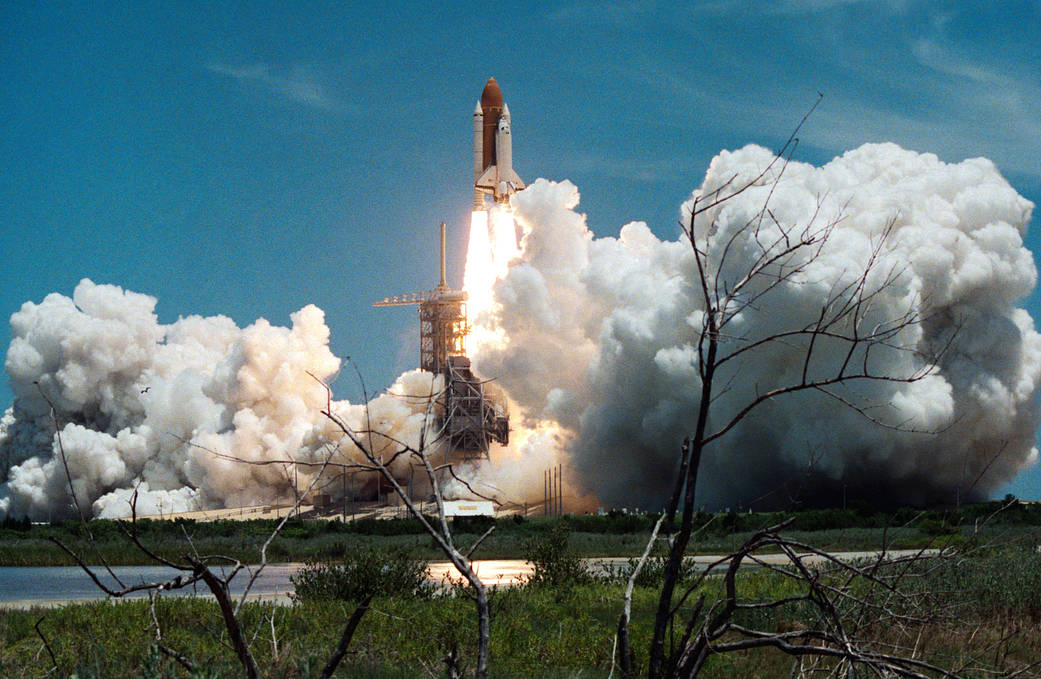This week in 1994, space shuttle Columbia, mission STS-65, launched from NASA’s Kennedy Space Center carrying the second International Microgravity Laboratory. Managed by NASA’s Marshall Space Flight Center and located in the Spacelab module in Columbia’s payload bay, IML-2 contained more than twice the experiments and facilities as IML-1, with more than 80 experiments, representing more than 200 scientists from six space agencies. The experiments included investigations of space biology, human physiology, radiation biology, and bioprocessing. Today, the Payload Operations Integration Center at Marshall serves as “science central” for the International Space Station, working 24/7, 365 days a year in support of the orbiting laboratory’s science experiments. The NASA History Program is responsible for generating, disseminating, and preserving NASA’s remarkable history and providing a comprehensive understanding of the institutional, cultural, social, political, economic, technological, and scientific aspects of NASA’s activities in aeronautics and space. For more pictures like this one and to connect to NASA’s history, visit the Marshall History Program’s webpage. (NASA)
1 min read




























